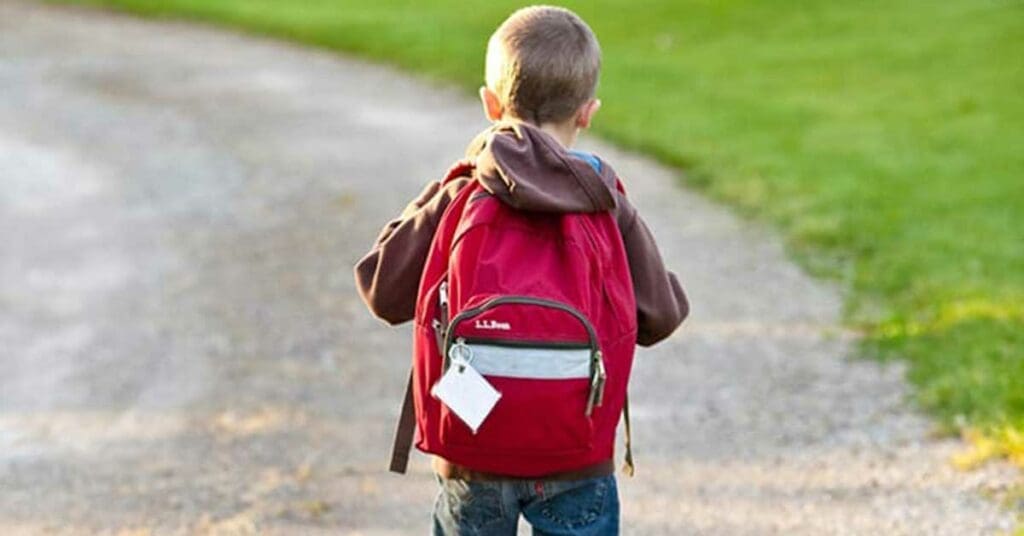 As children, families, and school staff settle into another school year, there is growing concern about the impact of COVID-19 on the development of children and youth and the subsequent increase in the need for specialized assessment and intervention services.
As children, families, and school staff settle into another school year, there is growing concern about the impact of COVID-19 on the development of children and youth and the subsequent increase in the need for specialized assessment and intervention services.
Perhaps it is time to consider an alternate approach to school-based social, emotional, and academic intervention.
Too often, the identification and intervention of challenges in social or emotional development or academic skill development are delayed. Home, school and community all bring unique contextual factors that can enhance a child’s performance. However, the ability to engage in social relationships, regulate emotions, and engage in new academic tasks can shift depending on a child’s environment.
These same environments can also introduce obstacles that must be navigated, impeding a child’s ability to apply these skills effectively. As a result, it can take an extended period of time to recognize areas of need and, even more, time to determine how to best proceed.
 |
| Related Stories |
| How much homework is too much?
|
| Six tips to stay motivated throughout the school year
|
| Promote equity by promoting a quality education |
Referrals to specialized supports are often based on intensity of need. Many schools have tiers of support which start with the classroom teacher. When the need for additional support has been identified, referral to a learning support teacher may occur. Beyond the learning support teacher, referrals for specialized services may be made to school psychologists, school counsellors, or district learning strategists.
Although a tiered system of support is designed to ensure that students with the most intense needs receive the specialized services they require, in some environments, there is greater demand for the specialized services than the support structure can address. In this situation, access to specialized services can take an extraordinarily long time, aggravating a child and family’s needs before specialized support services are provided.
Once these specialized supports are received, children and families can experience additional challenges. In some cases, professionals assisting the family do so in isolation rather than in collaboration with other professionals working with the child and family. The family must repeatedly share their concern or story with multiple professionals, scramble to secure appointments, travel to professionals, and follow through with any recommendations provided.
With each professional providing a list of recommendations for the family to try, it can quickly become overwhelming. In this type of scenario, the benefits of specialized supports are often not fully realized, and well-intentioned recommendations are not fully implemented.
A recent Alberta Government review on Child and Youth Wellbeing identified that schools and school teams play an essential role in coordinating and providing interdisciplinary wraparound services for school-based social, emotional, and academic intervention. A need to create available, streamlined, and universally accessible pathways to connect children, youth and families with services and supports was also identified.
But what could an alternate approach look like?
There is no ‘one-size-fits-all’ model to address the complex needs of children and youth in today’s schools, but there are alternatives. Kurtis Hewson, Lorna Hewson, and Jim Parsons’ Collaborative Response Model (CRM) offers a system-wide framework that values collaborative, action-focused, and timely supports to ensure all students can experience success. The engagement of community-based professionals within the collaborative response team would provide streamlined and coordinated access to specialized supports and intervention planning while also reducing the demands on families navigating a complex support system.
The CRM Model was developed in Alberta schools and consists of three foundational components: collaborative team meetings, a pyramid of interventions, and assessments. Many of these elements are present in today’s schools; however, the model challenges teachers, system leaders, and community partners to re-vision how they work collaboratively with children and their families rather than working in isolation. Classroom teachers, school leadership, and community partners can learn more about the CRM model with podcasts, online workshops, at conferences, or as part of course work offered by post-secondary institutions.
Coordination across busy professionals is not without challenges. The difficulty coordinating staff schedules and the sharing of information between professionals are often identified as reasons why a streamlined, coordinated response model cannot work in practice. The issue I take with these responses is that all service providers are working with, and on behalf of, the same children and their families.
Without a system-wide framework such as the Collaborative Response Model, the family is left to navigate a complex network of supports and services. Where specialized supports are intended to provide help, they can instead contribute additional burden, quickly overwhelming the family we are striving to support.
A support team that has the needs of the child and family at the centre, based on the principles of effective wraparound services, and includes community-based support services is the dream team of effective school-based social, emotional, and academic intervention.
Dr. Jennifer Turner, Director of the Centre for Wellbeing in Education at the Werklund School of Education at the University of Calgary.
For interview requests, click here.
The opinions expressed by our columnists and contributors are theirs alone and do not inherently or expressly reflect the views of our publication.
© Troy Media
Troy Media is an editorial content provider to media outlets and its own hosted community news outlets across Canada.

